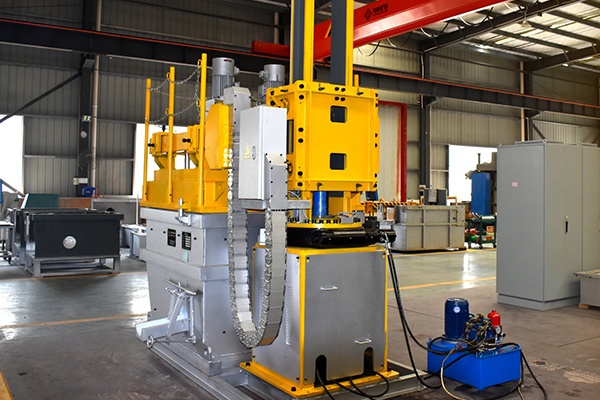Aluminium Casting Degassing can greatly improve the quality and output of aluminum products, thus improving the profitability of aluminum smelting and casting plants.
Hydrogen can be burned in a gas stove, and condensate from tools, refining flux and alloy additives are introduced into the liquid aluminum.
Most commonly, however, hydrogen is introduced into the molten aluminum by atmospheric humidity. The solubility of hydrogen increases with the relative humidity of the atmosphere.
Given its light weight, aluminum is a metal that is often used because of its relative strength.
However, when casting aluminum, impurities called inclusions can create weak links in the product.
These inclusions have many causes, but the presence of hydrogen is one of the most common.
Hydrogen is soluble in liquid aluminum, which passes through molten aluminum almost as easily as air.
As the liquid metal cools and hardens, hydrogen flows from areas of high pressure to areas of low pressure.
It coalesces and produces air pockets that become inclusions and weak spots when the metal solidifies.
Aluminium Casting Degassing is a process used to remove hydrogen from molten aluminum.

As the demand for high-quality aluminum products increases, especially in the aerospace industry, so does the need to reduce inclusions in molded products.
A popular method of removing hydrogen is to inject nitrogen gas into liquid aluminum.
The hydrogen is attracted by the nitrogen bubble, which is then absorbed by the aluminum and released to the surface.
Argon is also very effective, but nitrogen is preferred due to the high cost associated with this gas.
Degassing device is an automatic metal liquid treatment system for environmental protection, degassing and slag removal of aluminum alloy.
The degassing device uses an impeller principle with a rotor that generates tiny inert gas bubbles and mixes them with liquid metal. These fine bubbles are evenly distributed in the liquid metal without disturbing the surface balance, which maximizes the contact area between the gas and the liquid metal. The high efficiency of the degassing unit results in higher levels of degassing and slag removal and shorter treatment times.

